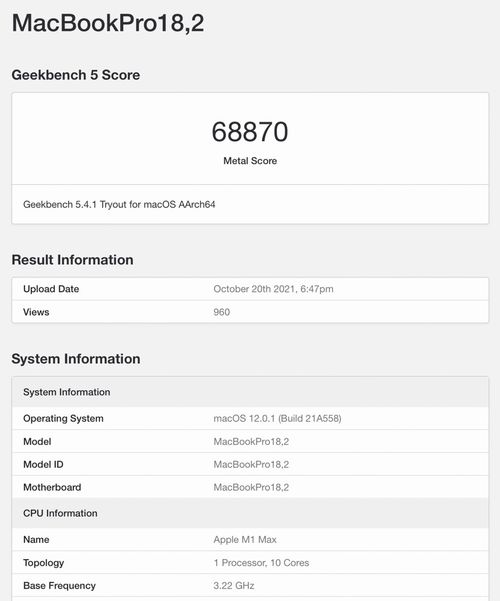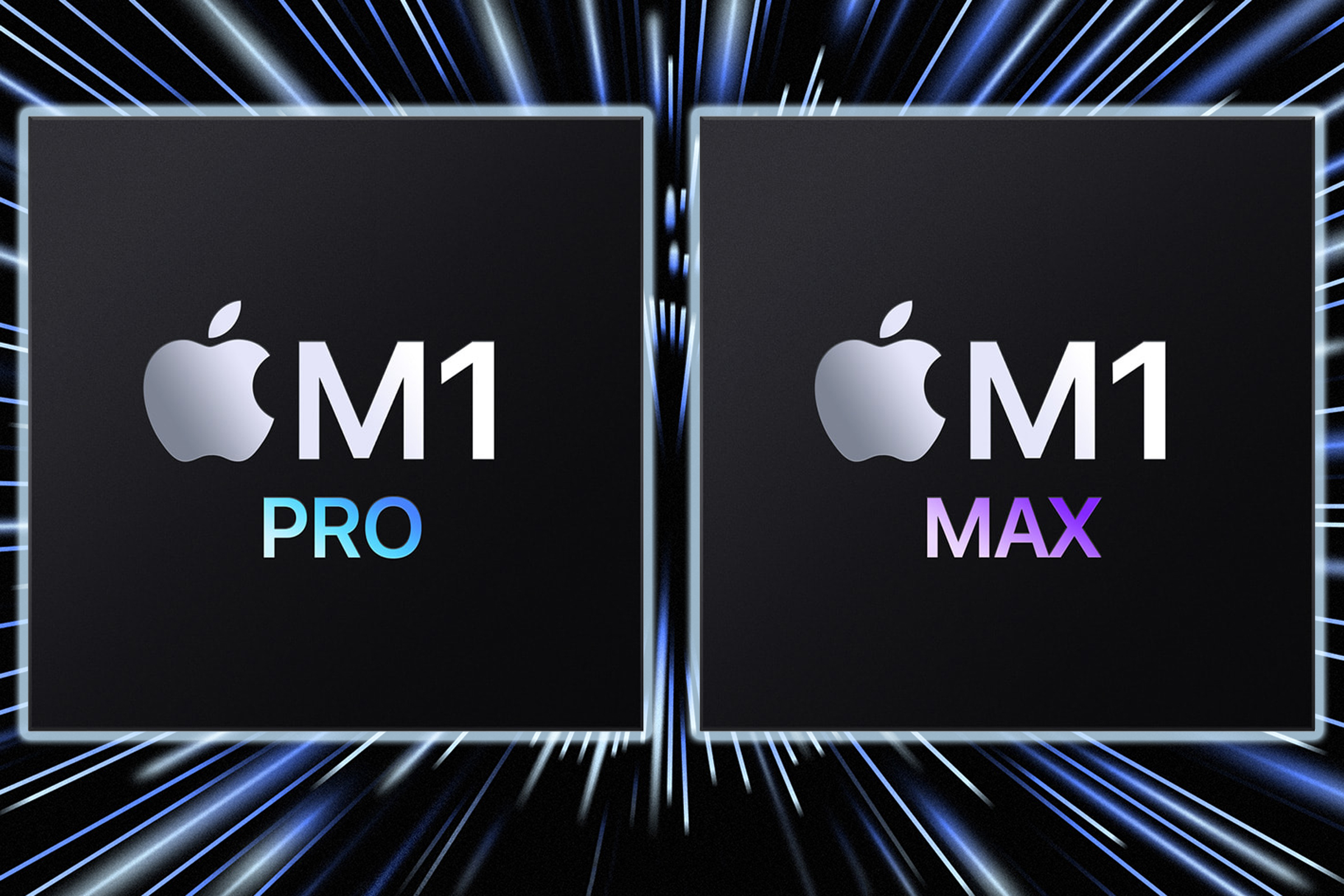Apple has been able to focus a lot of attention on the new M1 Pro and M1 Max, which is remarkable. Throughout the presentation, we’ve only heard such statements as: “four times faster,” “double performance,” and similar. Now that these processors have been released, preliminary evaluations of them are beginning to appear.
With M1 Max impressive performance for the most professional computers
If we compare the new 14-inch and 16-inch MacBook Pro with the previous version, the presence of Apple Silicon yields impressive results. While the speed image from the Unleashed event invitation comes to mind, we find that Geekbench 5 tests reveal that with the M1 Max the 16-inch MacBook Pro is 181% faster in graphics than the previous model.

The comparison is established against the 16-inch MacBook Pro with an Intel processor and an AMD Radeon Pro 5300M. This machine scores “only” 24,461 in the Geekbench 5 Metal test, while the new MacBook Pro with M1 Max and 64GB of RAM according to our calculations the 24-core model, not the 32-core one reach 68,870 points, an improvement, as we have said, of 181%. The M1 Max significantly outperforms the AMD Radeon Pro 5600 in terms of graphics processing speed, achieving a 62% boost over the previous model.
Scores like this put the new MacBook Pro with M1 Max processor on par with the now discontinued iMac Pro. A computer, let’s remember, that came with an AMD Radeon Pro Vega 56, a more than the considerable graphics card.
The magic of SoCs: Unrivaled scalability
The new M1 Pro and M1 Max from Apple have been fantastic. SoCs that, starting with the M1, progressively increase the number of processing and GPU cores to linearly scale performance. This is the special feature of a System on Chip, which allows you to control the number of cores and add new components according to need.

It’s also possible to add new cores, up to 32 GPU cores, for example, and increase the power accordingly because of this design and the excellent work Apple has already done with single cores in the M1. Not only that, but the improved thermal design and the fact that the M1 Max operates at a TDP of 30 W, double that of the M1, allow them to deliver truly outstanding performance figures.
We’re excited about the prospect of new technologies, but we’ll be waiting for the arrival of future M2 processors, which should arrive this spring and will be built on a 5nm+ architecture, with better power efficiency and performance. Starting with the M2, Apple is anticipated to make various versions depending on the amount of power and the machines’ thermal design in which they will be installed.





